VATICAN CITY — In front of a sprawling sea of pilgrims fanning out from St. Peter’s Square, Pope Francis on Sunday canonized John Paul II and John XXIII, bestowing sainthood on two towering figures of the 20th century who left outsize marks on the Roman Catholic Church.
The sounds of the Sistine Chapel Choir rang out across a throng estimated at 800,000 from the Vatican to beyond the Tiber River, where spillover crowds gathered before big screens. They watched as, for the first time in the church’s history, two popes were proclaimed saints at once.
In fact, Sunday’s event was a tale of four popes, with Pope Emeritus Benedict XVI – who retired last year – present in the wings.
In front of the facade of St. Peter’s Basilica, Francis performed the somber rite with recitations and the sign of the cross, triggering a burst of applause.
John Paul II remained fresher in the minds of many gathered here than John XXIII, and it was his popularity in particular that appeared to be the biggest draw. At least 1,700 buses, 58 charter flights and five trainloads of pilgrims arrived from Poland, the homeland of John Paul II, who, when elected pope in 1978, was the first non-Italian to sit on the throne of Saint Peter in 455 years.
“Some people believe that saints are perfect, but rather than perfect, I believe that John Paul II was heroic,” said Lukasz Piotrowski, a 30-year-old from Krakow, Poland, who camped out with his newlywed wife to witness the event. He was one of thousands waving the red-and-white colors of the Polish flag. “He challenged communism, he changed Poland, and he changed history.”
By declaring both men saints on the same day, the new pontiff – the first Latin American pope – apparently set out to please both reformers and traditionalists.
Born Karol Jozef Wojtyla in Wadowice, Poland, in 1920, John Paul II is seen as the first truly global pope, a charismatic conservative known for stirring oration and staring down communism even as he stood firmly against birth control and divorce.
John XXIII, meanwhile, launched the sweeping reforms of the Second Vatican Council of the 1960s that saw the Catholic Mass, once said in Latin, switched to the common tongues of the faithful.
In his words Sunday, Francis, already solidly viewed as a reformer 13 months into his papacy, endorsed the spirit of Vatican II and the need to “update and renovate” the church. “Saints are those who move the church forward and make it grow,” he said.
Without doubt, Francis himself appeared to be an enormous draw. Katie Truso, a 21-year-old Catholic-studies student from Minnesota who camped out overnight with a group of Americans, was young at the height of John Paul II’s papacy. But she compared the excitement young Catholics were feeling about Francis to what it must have felt like to an older generation under John Paul II.
“I feel like those days of JPII are back, you know, all that sense of excitement,” Truso said. “I think it was always there, but we had just forgotten what it was like.”
Sunday’s ceremony began in a light drizzle, with a procession, clouds of ritual incense and a religious litany rising from the square.
Cardinal Angelo Amato, the Vatican’s gatekeeper of saints, asked Francis three times for the canonization of the two popes, a gesture meant to signify the importance of the moment. After a reading from the pope, two reliquaries – vessels of silver, bronze and gold – were carried and placed to the left of the altar. One contained a vial of John Paul II’s blood, the other a piece of John XXIII’s skin taken from his exhumed body.
The event brought together in death two men who in life were viewed as considerably different.
Although the making of saints can take centuries, John Paul II’s took a record nine years. The clamor for his sainthood began at his stirring funeral, where shouts rang out from mourners of “Santo subito!” (“Sainthood now!”)
On May 13, 1981, he survived an assassination attempt by a Turkish extremist whose bullets perforated his abdomen and intestines.
“In 1981, right after he was shot in St. Peter’s Square, while on the ambulance, he quietly prayed for the shooter,” said Cardinal Stanislaw Dziwisz of Krakow. “He didn’t yet know who he was, but he had already forgiven him.”
But the man known as “God’s Athlete” for his vigor persevered, traveling the globe as no pope before him, filling stadiums and energizing Catholics from Rio de Janeiro to Warsaw. In the winter of his life, the world watched as he set an example, refusing to give in to Parkinson’s disease and continuing his ministry even as his condition grew ever more acute.
Yet amid Sunday’s celebratory mood, a cloud remained. Accusations persist that John Paul II neglected to respond swiftly to the revelations of widespread sexual abuse of children by Catholic clerics that began to emerge publicly during his papacy. In a letter published on the website of SNAP – the Survivors Network of Those Abused by Priests – a number of victims highlighted the “great harm” committed as “he turned a blind eye to clergy sexual crimes and cover-ups.”
Send questions/comments to the editors.

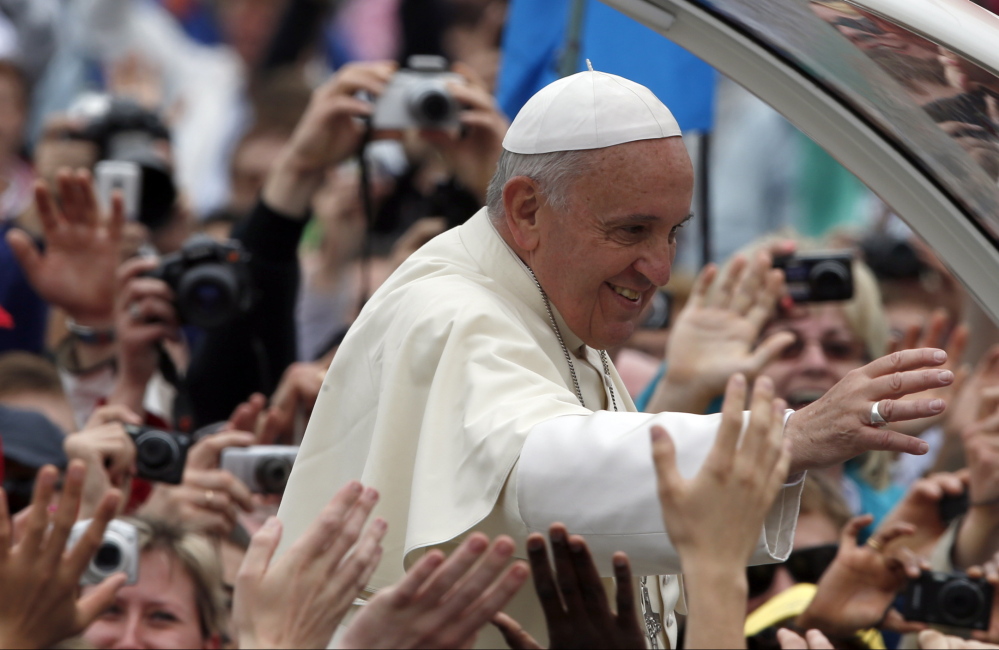
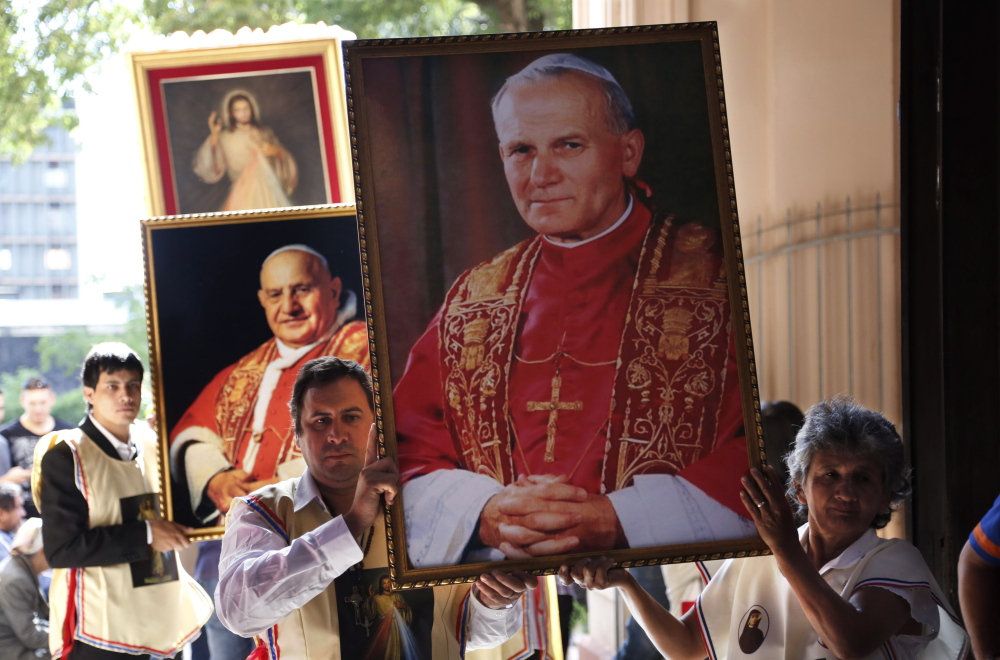
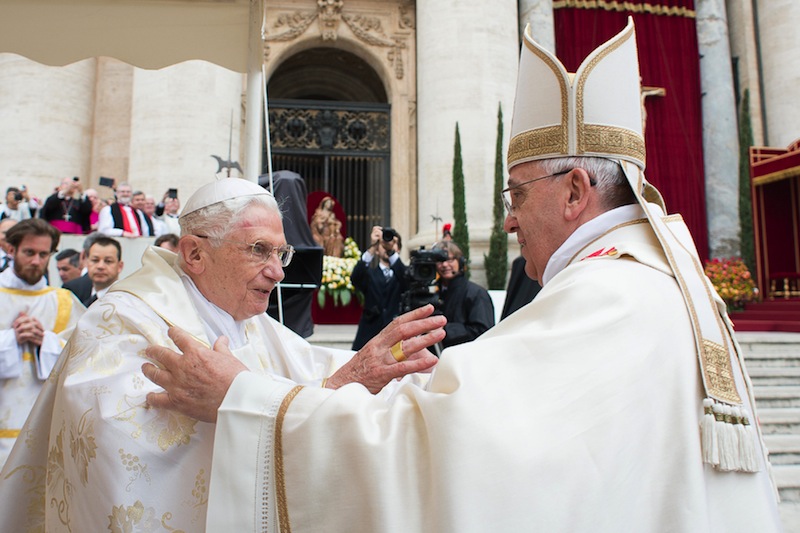
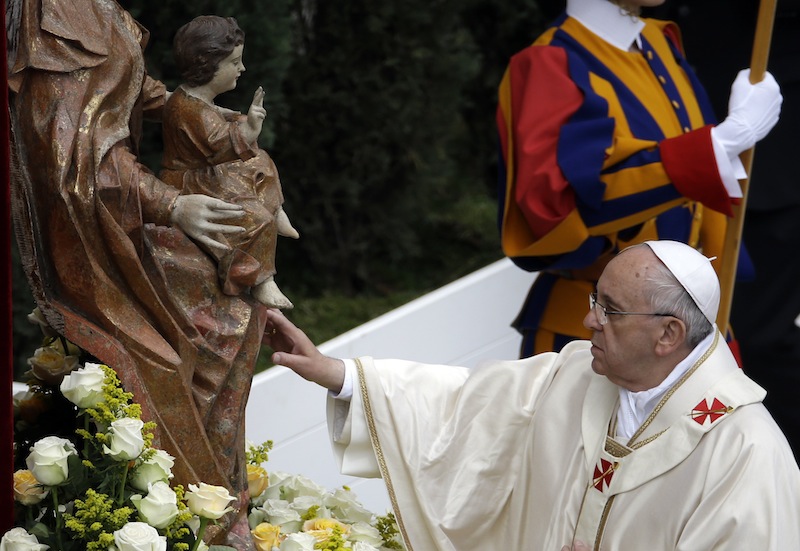
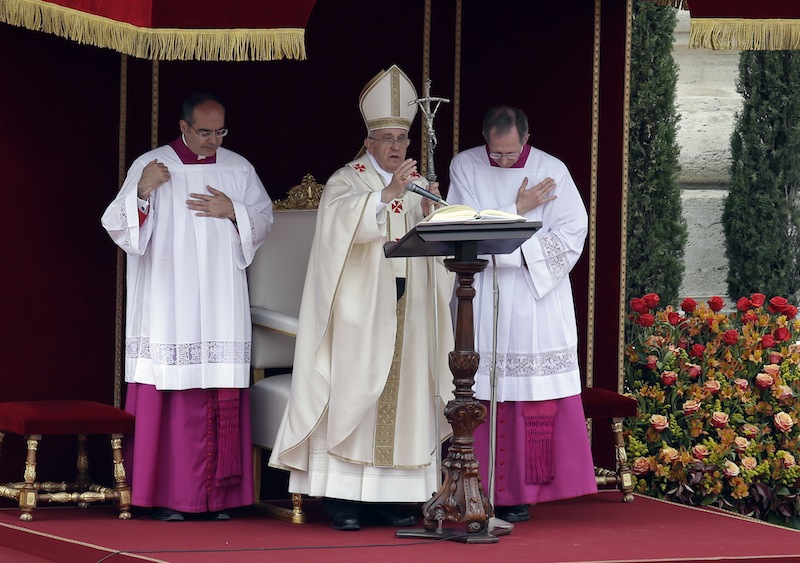
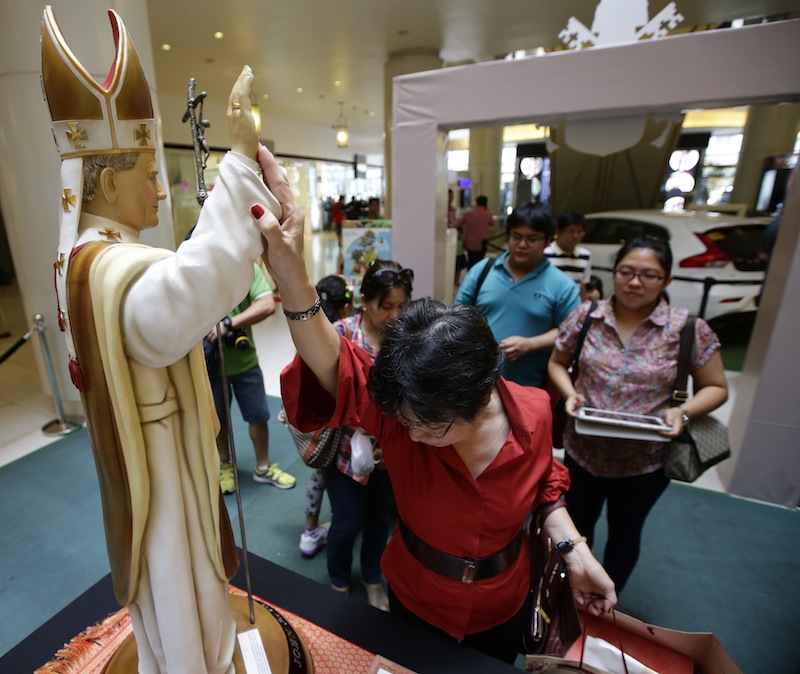
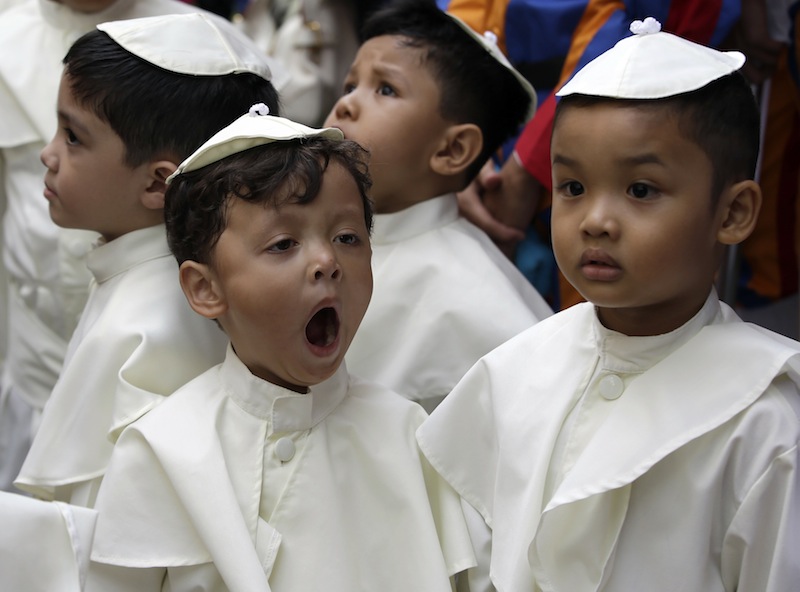

Success. Please wait for the page to reload. If the page does not reload within 5 seconds, please refresh the page.
Enter your email and password to access comments.
Hi, to comment on stories you must . This profile is in addition to your subscription and website login.
Already have a commenting profile? .
Invalid username/password.
Please check your email to confirm and complete your registration.
Only subscribers are eligible to post comments. Please subscribe or login first for digital access. Here’s why.
Use the form below to reset your password. When you've submitted your account email, we will send an email with a reset code.